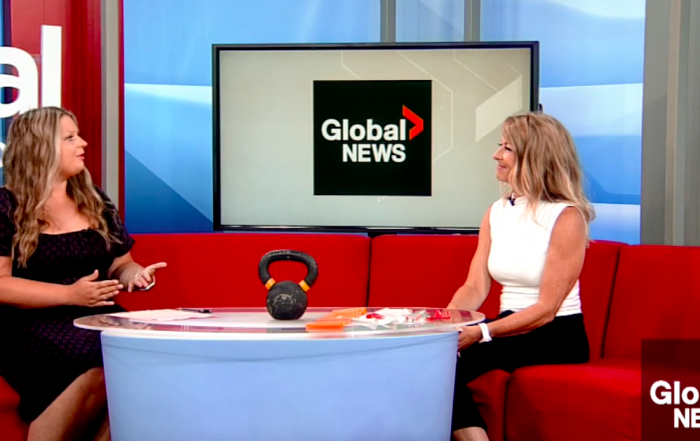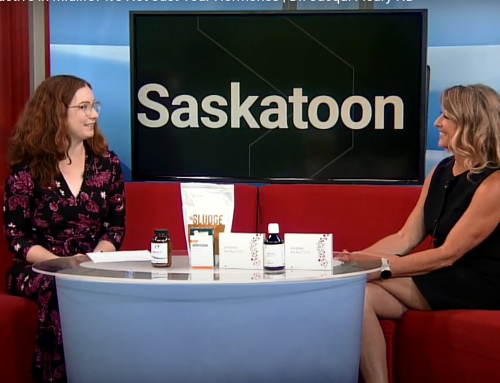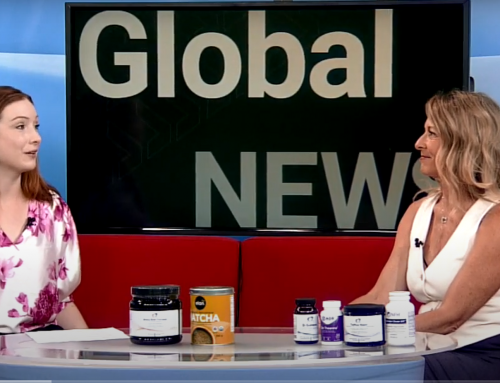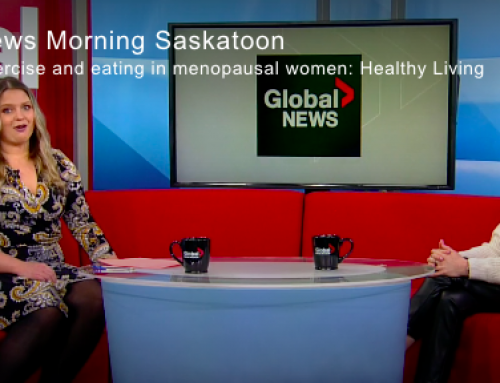Doctor Kahlen Pihowich, ND at True Potential Health in Saskatoon discusses he 3 most common types of muscle and joint pain he sees and treats:
You can sign up for the True Potential newsletter to have a monthly digest of health news and recipes arrive in your inbox or click on the red subscribe button to subscribe to our YouTube channel.
In the last 3 years of treating pain, I’ve noticed a lot of similarities between patients as far as their pain goes. Now I’m mostly talking about muscle and joint pain, but sometimes Chronic Pain Syndrome also shares into some of these categories. There can be any combination of these pain types in a single patient, but more likely it’s one or two of them at a time if it’s a relatively new issue. None of these patterns are permanent, and they can be corrected with the proper interventions:
3 Types of Muscle and Joint Pain
 1. Deconditioned / Repetitive Strain
1. Deconditioned / Repetitive Strain
The arm is favoured and held close to the body for relief, yet it is constantly aggravated or burning. Using it, especially in outstretched positions flares it up.
Alright, this type shows up along side a change in behavior in life. Lets say you suddenly start babysitting a new grandchild, or start using that top shelf in your kitchen again. What happened is that your body has deconditioned over time, as you’ve not maintained strength and mobility in that action, and suddenly you’ve started using your body a lot more in a pattern that it is no longer conditioned for. The joint and tendons, sometimes even the muscle fibers, actually do take on some damage/micro-tears and aren’t given an opportunity to heal. These injury’s often don’t heal quickly enough because the tissue is less vascularized than conditioned tissue.
2. Inflammatory Pain
Wake up with pain that is sharp and fiery. Usually goes away throughout the day, but when it’s particularly bad it hangs around as a reminder. Grouchy, achy muscles or joints that just don’t really change, and certain actions only make a little bit worse.
This one usually occurs after a few days or a week of bad eating. No joke. Chances are if the pain showed up when your bowel movements slowed down, or got whacky, this is what’s going on. Your body uses inflammation to heal joint, tendon, and muscle damage. This process should be quick and effective, but when inflammation isn’t healthy it hangs around and doesn’t do it’s job very well. This leads to sub-acute or even chronic inflammatory states that don’t help anyone.
3. Deconditioned / Spastic Pain
One day you moved in a certain way and it just “caught” with a sharp pain. Ever since then you haven’t really been able to move it in that way, especially not very quickly, and whole joint just feels a bit locked. You may have had a previous injury to this body part.
This pain pattern is usually set up by an injury or perceived injury to the ligamentous or boney structures below the tendons and muscles. Whenever these tissues begin to stretch too much, the body will compensate by making the muscles around them go into spasm to protect the joint for moving in a manner that will injure it. It’s your body’s way of “casting” a joint so that it can heal. Sometimes it’s useful, and other times it’s actually an old injury pattern that hasn’t quieted down, attenuated, or relearned it’s new capabilities. This is why conditioning can correct for this: by teaching the tissue that it can move in a certain way without the risk of injury. This prevents the spastic pain response.
Other Types of Muscle and Joint Pain
So there we are. There are a few types we didn’t mention, like actual sprain/strain injury, or bone fracture… but those ones are acute and pretty easy to figure out. If you’ve had these issues for a while, book a pain visit with me and have me take a look. Chances are we can have you on the road to improvement in just a few short visits.









